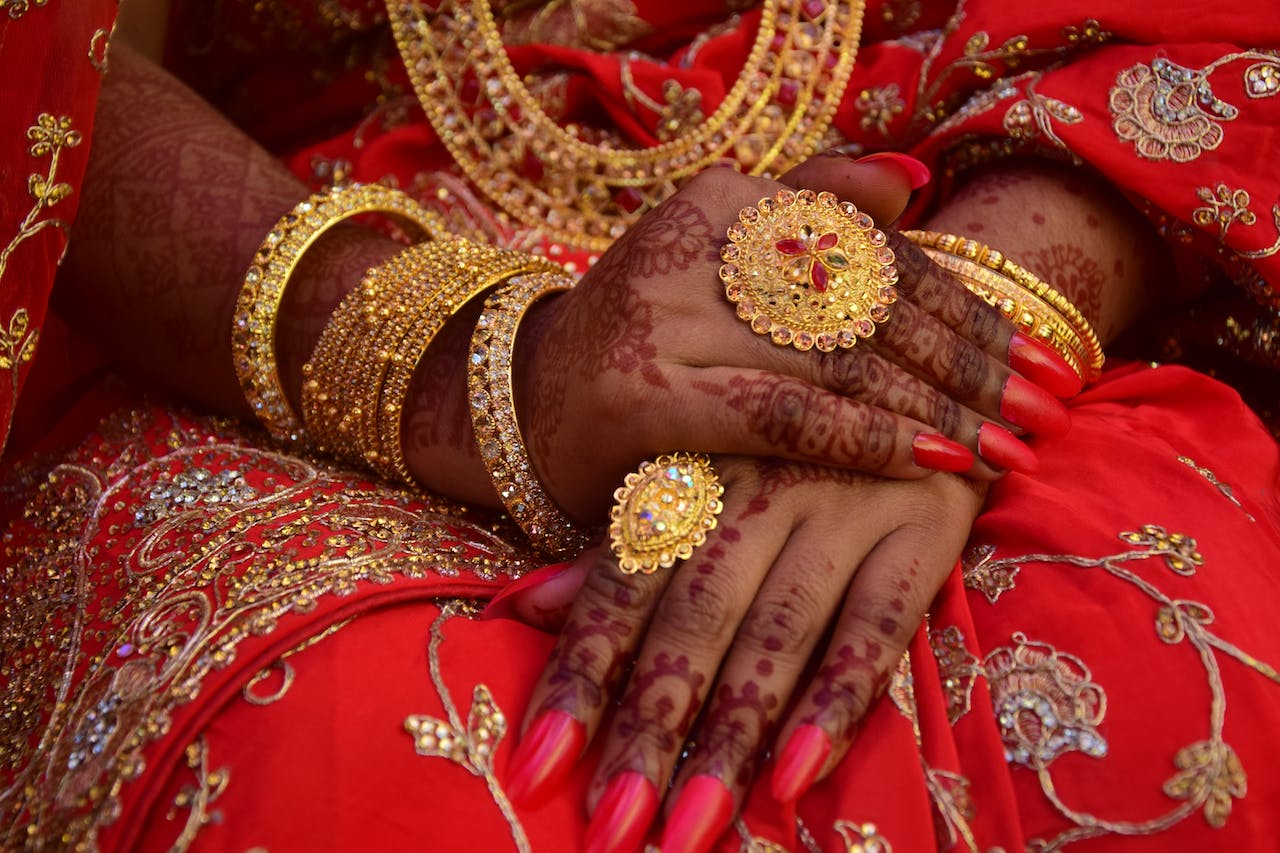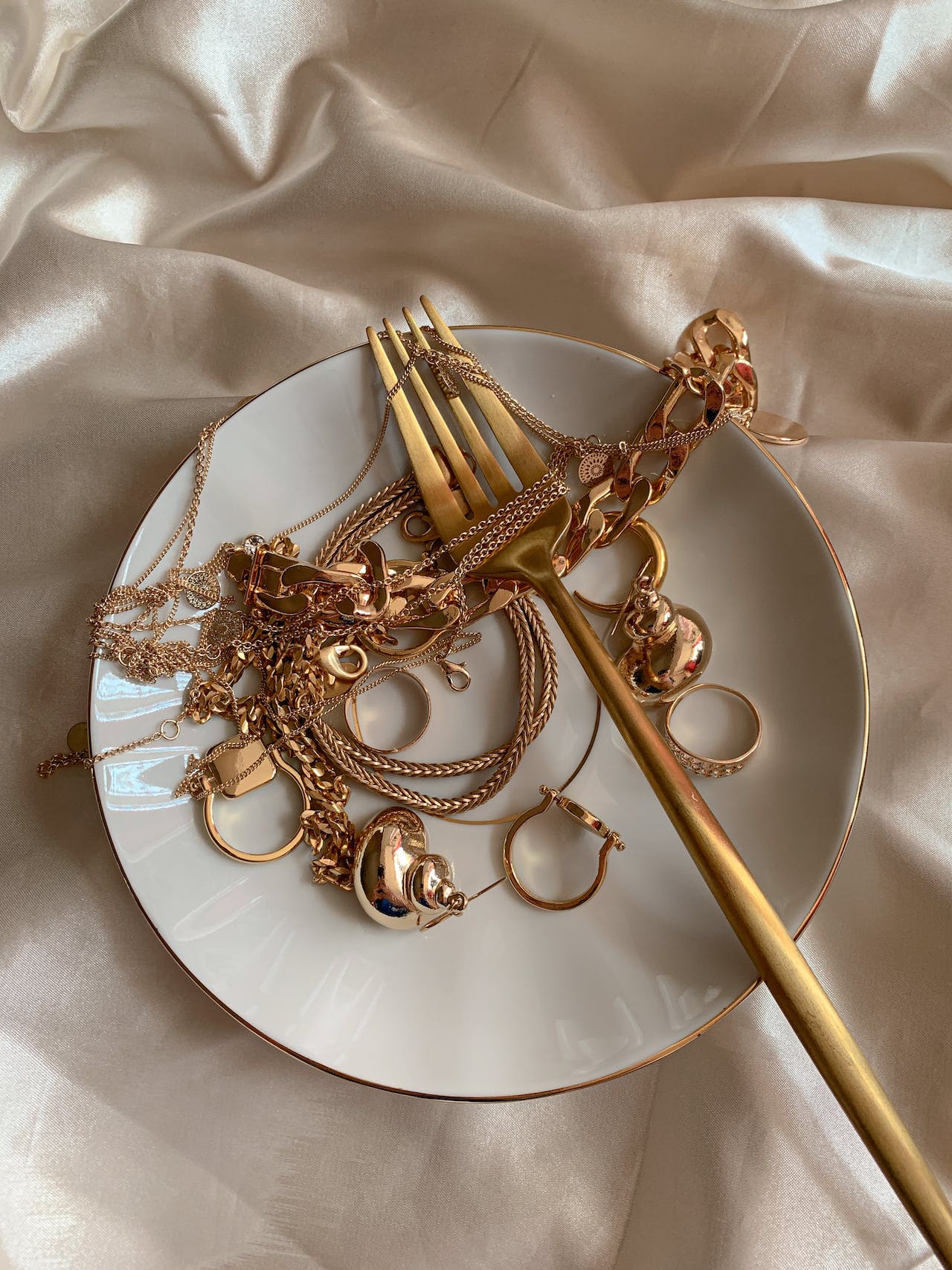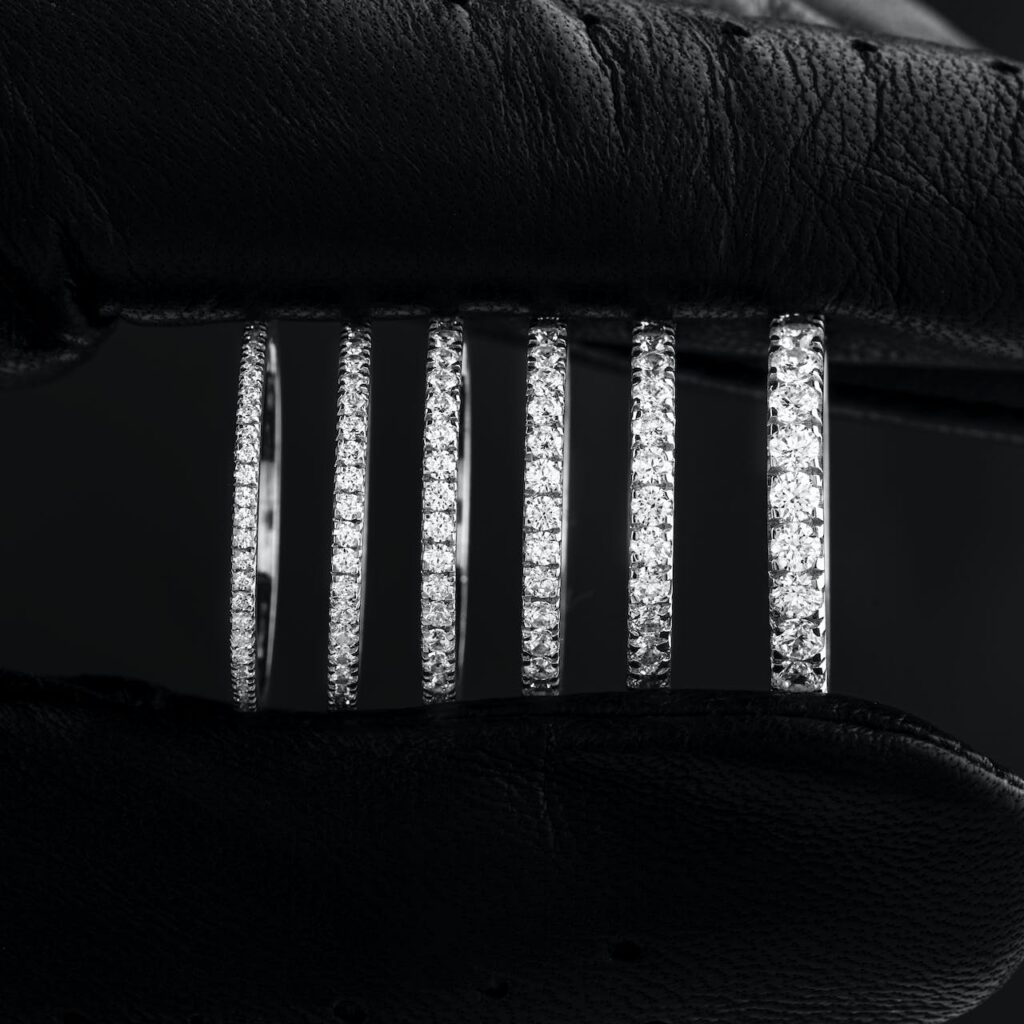The allure of gold jewellery spans cultures and generations, symbolizing wealth, beauty, and elegance. Whether it’s a simple gold chain, an intricate bracelet, or a dazzling pair of earrings, authentic gold jewellery holds timeless appeal and enduring value.
However, navigating the world of gold jewellery can be daunting, especially with the proliferation of counterfeit products and varying standards of quality. In this comprehensive guide, we’ll explore expert tips for buying authentic gold jewellery, empowering you to make informed decisions and acquire pieces that reflect your style and sophistication.
Understanding Gold Purity
Before delving into the intricacies of purchasing gold jewellery, it’s essential to understand the concept of gold purity and how it influences the value and appearance of a piece. Gold purity is measured in karats (K), with pure gold being 24 karats. However, pure gold is too soft for practical use in jewellery, so it’s often alloyed with other metals to enhance its durability and strength.
Karatage: The karatage of gold indicates the proportion of pure gold in the alloy. For example, 18 karat gold (18K) contains 75% gold and 25% other metals, while 14 karat gold (14K) consists of 58.3% gold and 41.7% other metals. The higher the karatage, the greater the purity and value of the gold jewellery.
Hallmarks: Authentic gold jewellery is typically stamped or hallmarked to indicate its purity. Common hallmarks include “18K,” “14K,” “10K,” or “24K,” depending on the karatage of the gold. These marks are often found on the inside of rings, clasps of necklaces and bracelets, or the back of earrings. Hallmarks serve as a guarantee of the gold’s purity and authenticity.
Gold Colors: Gold jewellery comes in various colors, including yellow, white, and rose gold, depending on the metals used in the alloy. Yellow gold is the most traditional and classic choice, while white gold is alloyed with metals such as nickel or palladium to achieve a silvery hue. Rose gold, on the other hand, is created by blending gold with copper to impart a warm, rosy tone. Understanding your preferred gold color allows you to select jewellery that complements your skin tone and personal style.
Gold Filled vs. Gold Plated: It’s essential to differentiate between gold-filled and gold-plated jewellery, as they vary significantly in terms of durability and value. Gold-filled jewellery consists of a thick layer of solid gold bonded to a base metal core, offering greater longevity and resistance to tarnishing compared to gold-plated pieces, which feature a thin layer of gold electroplated onto a base metal substrate. While gold-plated jewellery is more affordable, it may require re-plating over time to maintain its appearance.
Gold Vermeil: Another option to consider is gold vermeil, which involves coating sterling silver with a thick layer of gold through a process of electrolysis. Gold vermeil jewellery combines the beauty of gold with the affordability of sterling silver, making it an attractive choice for those seeking luxury at a lower price point. However, it’s essential to verify the thickness of the gold layer to ensure durability and longevity.
Factors to Consider When Buying Gold Jewellery
When purchasing gold jewellery, several factors come into play to ensure you’re getting the best quality and value for your investment. From examining craftsmanship to verifying seller credentials, here are expert tips to guide you through the buying process:
Craftsmanship and Finishing: Examine the craftsmanship and finishing of the gold jewellery piece carefully. Look for smooth edges, precise soldering, and secure settings for any gemstones. High-quality gold jewellery should exhibit impeccable craftsmanship, without any signs of roughness, discoloration, or visible seams. Pay attention to details such as the symmetry of the design, the clarity of engravings, and the overall polish of the piece.
Seller Reputation: Purchase from reputable jewellers or trusted sources with a proven track record of selling authentic gold jewellery. Research the seller’s reputation online, read customer reviews and testimonials, and check for any certifications or affiliations with industry organizations. Reputable jewellers are more likely to sell genuine gold jewellery and provide transparent information about their products, including the gold’s purity and origin.
Certifications and Guarantees: Request a certificate of authenticity or a grading report from the seller, especially for higher-value gold jewellery pieces. Certifications from reputable gemological laboratories, such as the Gemological Institute of America (GIA) or the International Gemological Institute (IGI), provide assurance of the gold’s purity and may include additional details such as the weight, color, and clarity of any gemstones. Additionally, inquire about any warranties or guarantees offered by the seller, covering aspects such as craftsmanship defects or gemstone authenticity.
Price Comparison: While gold jewellery is an investment, it’s essential to compare prices across different sellers to ensure you’re getting a fair deal. Gold prices fluctuate based on market demand and purity, so research current market rates and be wary of significantly discounted items that may be counterfeit or of inferior quality. Consider factors such as the weight of the gold, the complexity of the design, and any additional features such as gemstones or engraving when assessing the price of a jewellery piece.
Return Policy and Customer Service: Familiarize yourself with the seller’s return policy and customer service offerings before making a purchase. A reputable jeweller should offer a reasonable return window and provide assistance with any questions or concerns you may have regarding the gold jewellery. Be wary of sellers who have rigid or non-existent return policies, as it may indicate a lack of confidence in their products’ quality or authenticity.
Customization Options: If you’re looking for a personalized touch, inquire about customization options offered by the seller, such as engraving or bespoke designs. Custom-made gold jewellery allows you to create a one-of-a-kind piece that reflects your individual style and preferences, whether it’s a monogrammed pendant, a birthstone ring, or a custom-designed engagement ring. Work closely with the jeweller to communicate your vision and ensure the final product meets your expectations in terms of quality and craftsmanship.
Ethical Sourcing and Sustainability: Consider the ethical and environmental implications of the gold jewellery you’re purchasing. Look for sellers who prioritize ethical sourcing practices, such as using responsibly mined or recycled gold, and adhere to fair labor standards in their supply chain. Ethical gold jewellery certifications, such as Fairtrade Gold or the Responsible Jewellery Council (RJC) certification, provide assurance that the gold has been sourced and produced in an environmentally and socially responsible manner. By supporting ethical and sustainable practices, you can enjoy your gold jewellery with peace of mind, knowing it was created with care and respect for people and the planet.
Conclusion
Buying authentic gold jewellery is a rewarding experience that allows you to acquire timeless pieces of beauty and craftsmanship. By understanding the nuances of gold purity, examining craftsmanship, and verifying seller credentials, you can make informed decisions and invest in jewellery that reflects your style and values.
Whether you’re purchasing a classic gold chain, an heirloom-quality bracelet, or a bespoke engagement ring, these expert tips will empower you to navigate the gold jewellery market with confidence and sophistication. As you embark on your journey to find the perfect gold jewellery pieces, may they bring you joy, elegance, and lasting memories for years to come.






